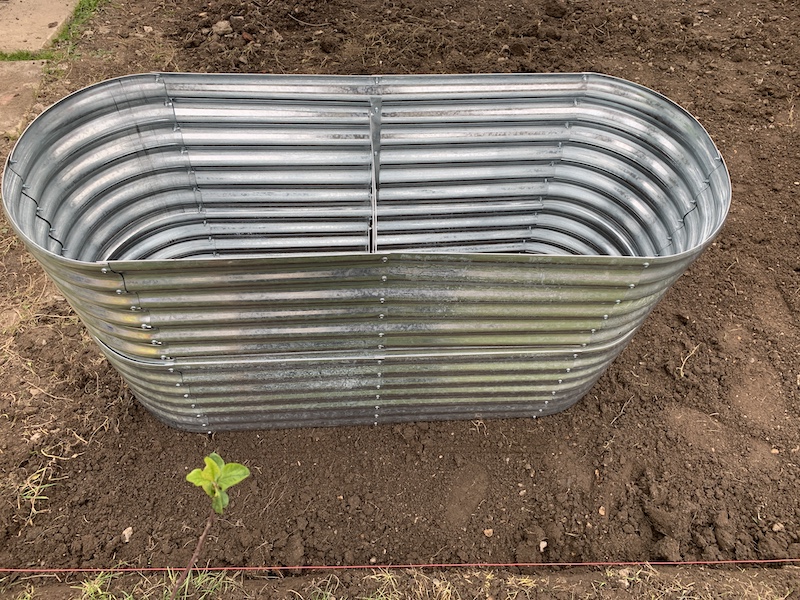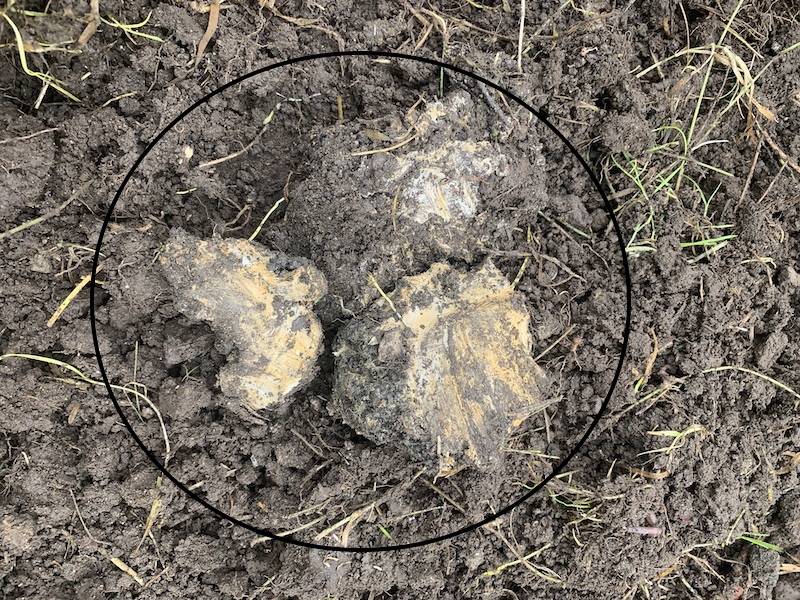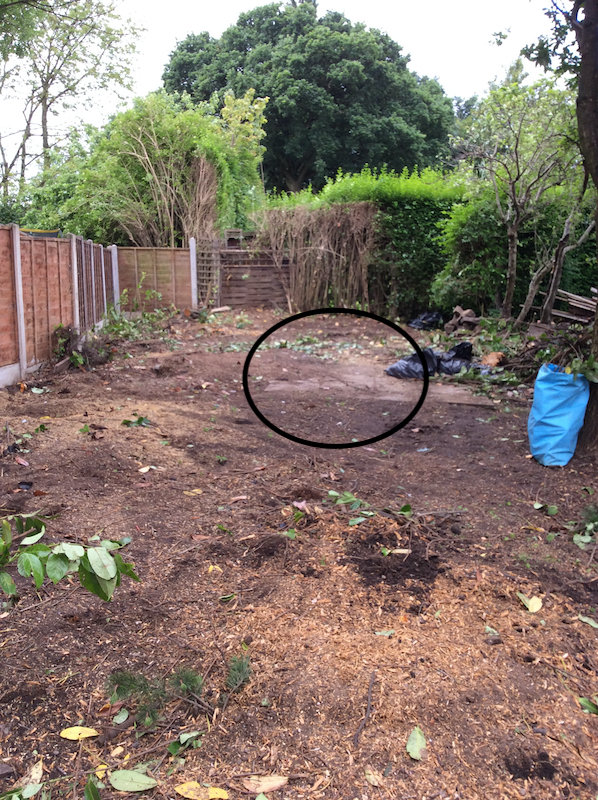Plant leaves

Plant leaves come in so many different shapes, sizes and colours but they all are there for the same purpose and that is to make food or carbohydrates for the rest of the plant.
Leaves are most important part in complex plants, their green pigment called chlorophyll allows the plant to make their own food rather than getting food from other organisms.
On a plant the leaves are grown above ground level and are responsible for photosynthesis. The chlorophyll absorbs energy in the form of light from the sun
The leaf has two sides or surfaces an upper side called the adaxial and the lower side called the abaxial. These give the leaves of different plants their characteristics such as their colour, whether they have hairs, the amount of pores and whether the leaf has a lot of wax on the surface to name a few.
The pores are called stomata and this is where the exchange of gases in and out of the plant takes place.
Processes that happen in Plant Leaves.
Photosynthesis
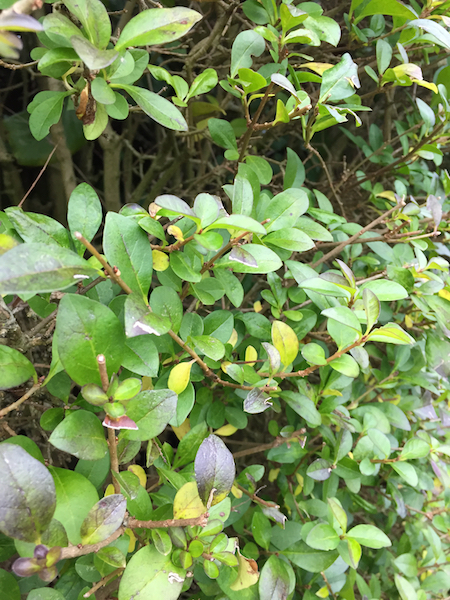
The process called photosynthesis is where the chlorophyll or the green pigment inside a leaf absorbs the suns energy or light.
The purpose of this is to convert the carbon dioxide found in the air and the water from the soil to make carbohydrates or food.
When this process happens in a plant the process makes oxygen as well which the plant has no use for and so this oxygen is released into the air.
By this process the plants are giving oxygen back to everything that uses it. It is no wonder that all plants are vital and should be looked after, replaced and added to.
The energy that is needed to allow all the chemical processes to take place inside the plant is made through respiration.
Respiration
The plant leaves can give a large surface area to a plant whether they are a few large leaves or lots and lots of little ones. The plant tries to make use of this large surface to absorb as much light as possible.
The leaves are fairly thin so this helps
- the light work its way into the cells that have the chlorophyll
- the quick movement of gas to all of the cells
The pores on the surfaces allow carbon dioxide and oxygen to get in and out of the leaf.
These pores called the stomata also control the water loss that is made by transpiration.
Transpiration
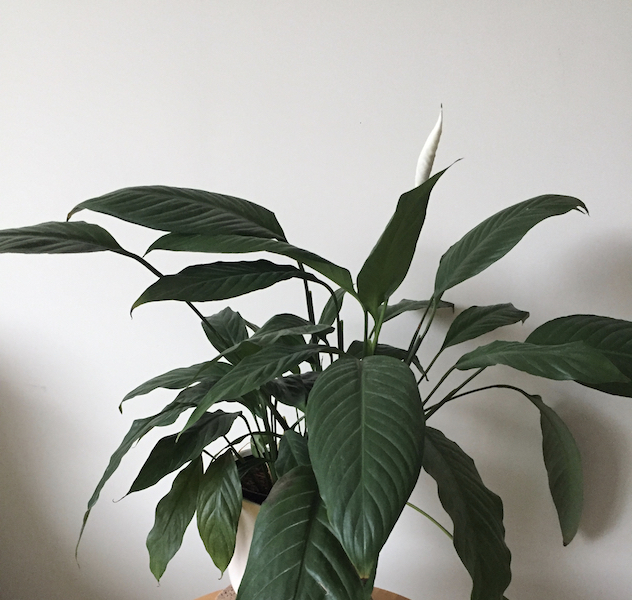 healthy plant
healthy plantTranspiration is the process of water loss within a plant from the leaves.
Plant Leaves are attached to the stem at the nodes, in the stem there is the plant fluids, water and minerals that has been drawn up out of the soil by the roots.
The sunlight is absorbed for energy, the gases come in and out of the leaves and water is lost through the open pores.
This process creates a constant flow of water and nutrients from the roots to the leaves. If there is too much water leaving the plant and not enough coming into it then the plant will wilt.
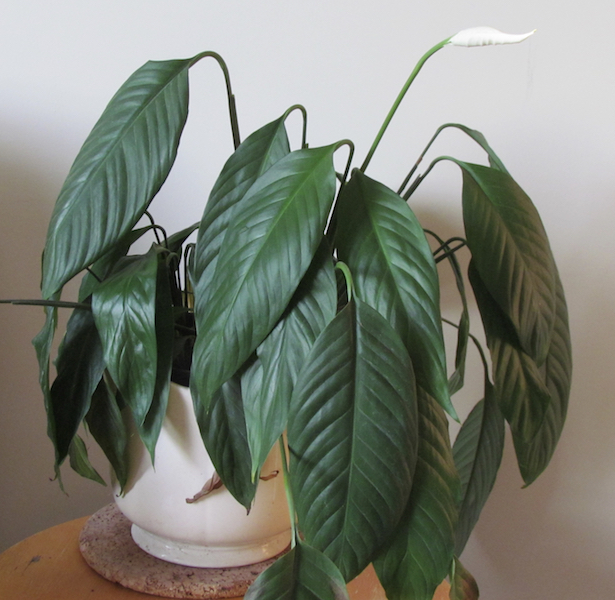 in need of water
in need of waterThere isn't a lot of minerals in a leaf but the small amount that is there is important and it is essential for the water balance in the cells and helps with passing substances between the cells.
The minerals also help to keep the correct pH of the plant so all the chemical reactions can take place.
Very important part of a plant.
- Home
- Parts of a plant
- Plant Leaves
